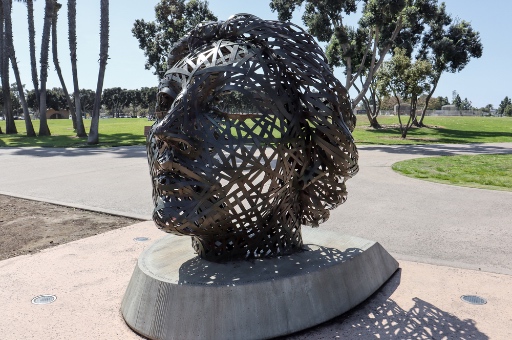HISTORY
Coronado takes its name from the Coronado Islands, which are located off the coast of San Diego. Vizcaino, a Spanish navigator, first spotted them on November 8, 1602. He dubbed them “Los Coronados,” or “the Crowned Ones,” after four martyred Roman saints who died on that day.
Coronado was a barren peninsula with jackrabbits as its major inhabitants until Elisha S. Babcock, Jr. and Hampton L. Storey bought the island in 1885. They rowed across from San Diego to the island to shoot rabbits and realized it would be a great location for a luxury vacation hotel. They expected Easterners seeking a more temperate climate to throng to the new hotel once the railroad reached San Diego.
The Hotel del Coronado first opened its doors in 1888 and was quickly sold to John D. Spreckels, the “Sugar King.” The building has been listed as a National Historic Landmark. Benjamin Harrison was the first of 13 presidents to visit Coronado in 1891, joining a lengthy list of famous people who had stayed at the hotel. Coronado’s most recognizable landmark is still the hotel.
Aviation and the military are another essential element of Coronado’s history, both past and present. Glenn Curtis founded an aviation camp on what is now Naval Air Station North Island in 1911. The Spreckels family sold it to the Navy for $5 million during World War I. Col. Charles Lindbergh took off from North Island in 1927 on the first part of his tour to St. Louis, New York, and Paris. North Island now has two aircraft carriers, making the military the community’s largest employment.
The San Diego-Coronado Bay Bridge, which opened on August 2, 1969, is a more recent historical event. Coronado got its first traffic control signal light on that day. The first of the ten Coronado Shore Towers was finished in 1971. The skyline along the beach was transformed by these 15-story condominium structures.
With over 85 historical sites designated in the city, history is still a part of everyday life in Coronado.

